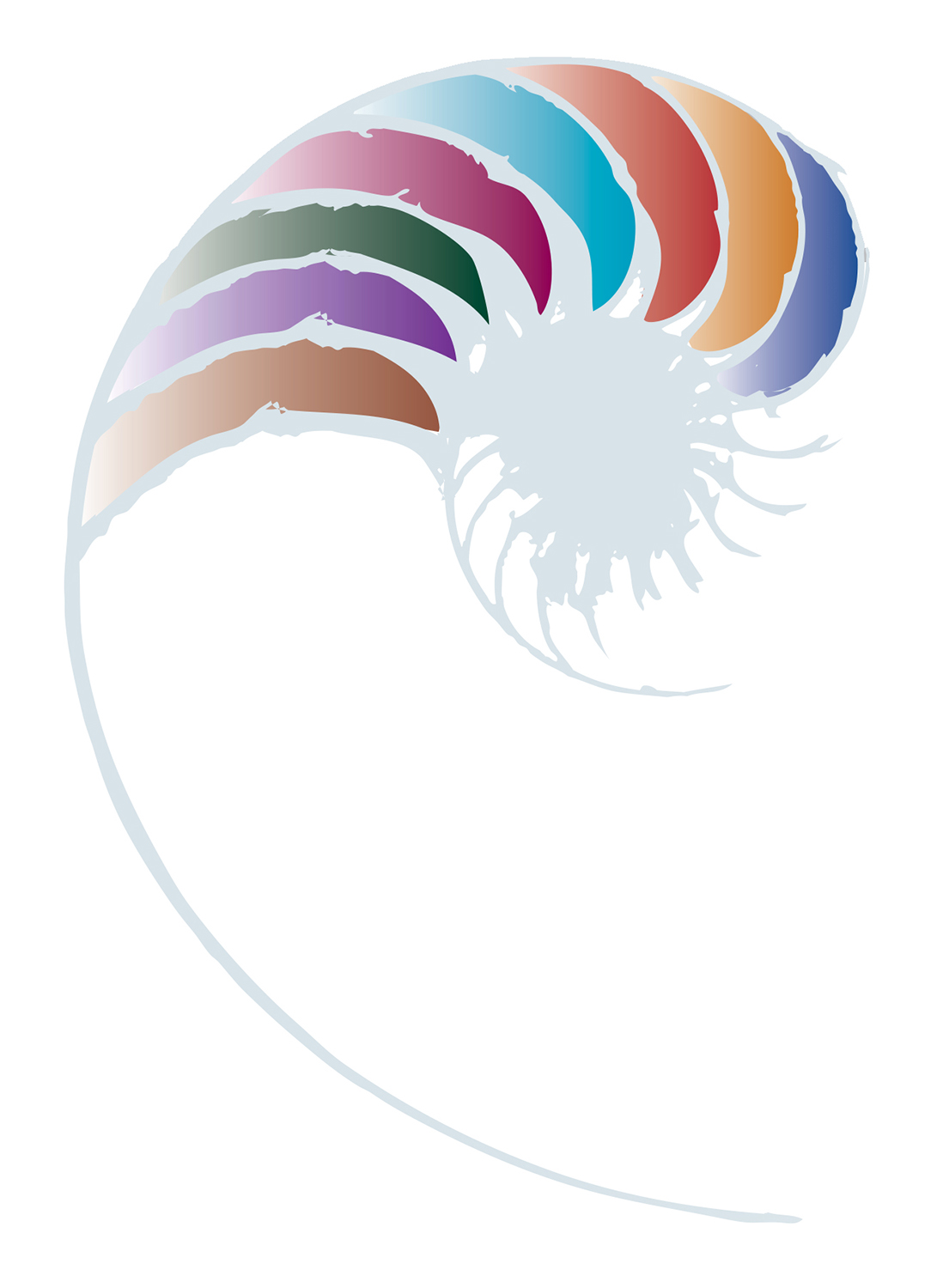Te wāhi ki ngā roro i te ako
Learning and the brain
Learn about research into the brain, why it is important for early learning, and how kaiako can apply it in practice.

- What’s this about?
- Why does it matter?
- How do we apply it in practice?
- Useful resources
Neuroscience is the term used to describe the study of the brain and nervous system. It provides information we can use in early learning services. It sits alongside established theories and cultural approaches as one of several sources, that together, inform effective practice.
Children’s brain development is influenced by their experiences, so what happens can help or harm their wellbeing. There are some important points to know about the brain and how it influences development, especially in the early years.
All children are born with unique potential to learn and develop
Perhaps the most important point to understand is that all children are born with the potential to develop their mental processes and that their relationships with people, places, and things influence what and how they learn.
Brain architecture
The architecture of the brain consists of thousands of neurons primed to find other neurons and create synapses, or connections. The growth of these connections is particularly prolific in the early years. What is happening in the environment surrounding the child influences whether the pathway will survive or become redundant. The more a pathway is used, the stronger and faster it becomes. Connections are like vines, linking across different areas and constantly growing and evolving.
Moana research video: Experiences build brain architecture
What does this video tell us about priorities for curriculum design?
This video is available in nine Pacific languages. Find them on the Moana Connect child brain development YouTube playlist.
The brain is divided into different but interconnected sections
Modern technology has allowed us to see that the brain is divided into different but interconnected sections. In other words, different parts of the brain do different things. The neural pathways go between different parts of the brain, depending on what we are doing.
The brain uses different processes and skills
Two important processes involving our brains are executive function and self-regulation. Executive functions are just what they sound like: high-level mental processes that help us to concentrate, make decisions, and juggle more than one idea at a time.
Self-regulation is essential for children to develop a sense of wellbeing and belonging and to reach their potential. Self-regulation is about controlling impulses and thinking about things like the consequences of our actions. These two processes depend on three key skills.
Executive function and self-regulation depend on three skills
- Working memory: the ability to remember experiences and use them appropriately.
- Mental flexibility: the ability to respond and adjust to the situation as it changes.
- Self-control: the ability to make a judgement and exercise self-control.
Nurturing nature – supporting brain development in the early years
We used to think that the brain a child was born with was set from birth, but we now know that the human brain is very responsive to what is happening in the child’s environment. What’s more, we also know that the first 1000 days of a child’s life is when the brain is growing rapidly and that the neural pathways formed in the early years are very influential.
The brain needs responsive human interaction to learn
Scientists have used the metaphor of "serve and return" to describe the importance of responsive, reciprocal relationships with babies. This requires two things: warm, responsive interactions with caring adults and ongoing, stable relationships.
These conditions are necessary to build important neural pathways that support mental processes and brain functions.
Moana research video: Serve and return interaction shapes brain circuitry
What does this video tell us about priorities for oral language and interactions in curriculum design?
This video is available in seven Pacific languages. Find them on the Moana connect Child brain development YouTube playlist.
About this resource
In this resource, learn about research into the developing brain of the child, how this informs practice in early learning, and to apply it in practice.



